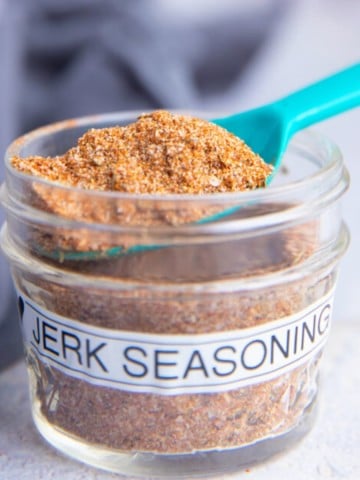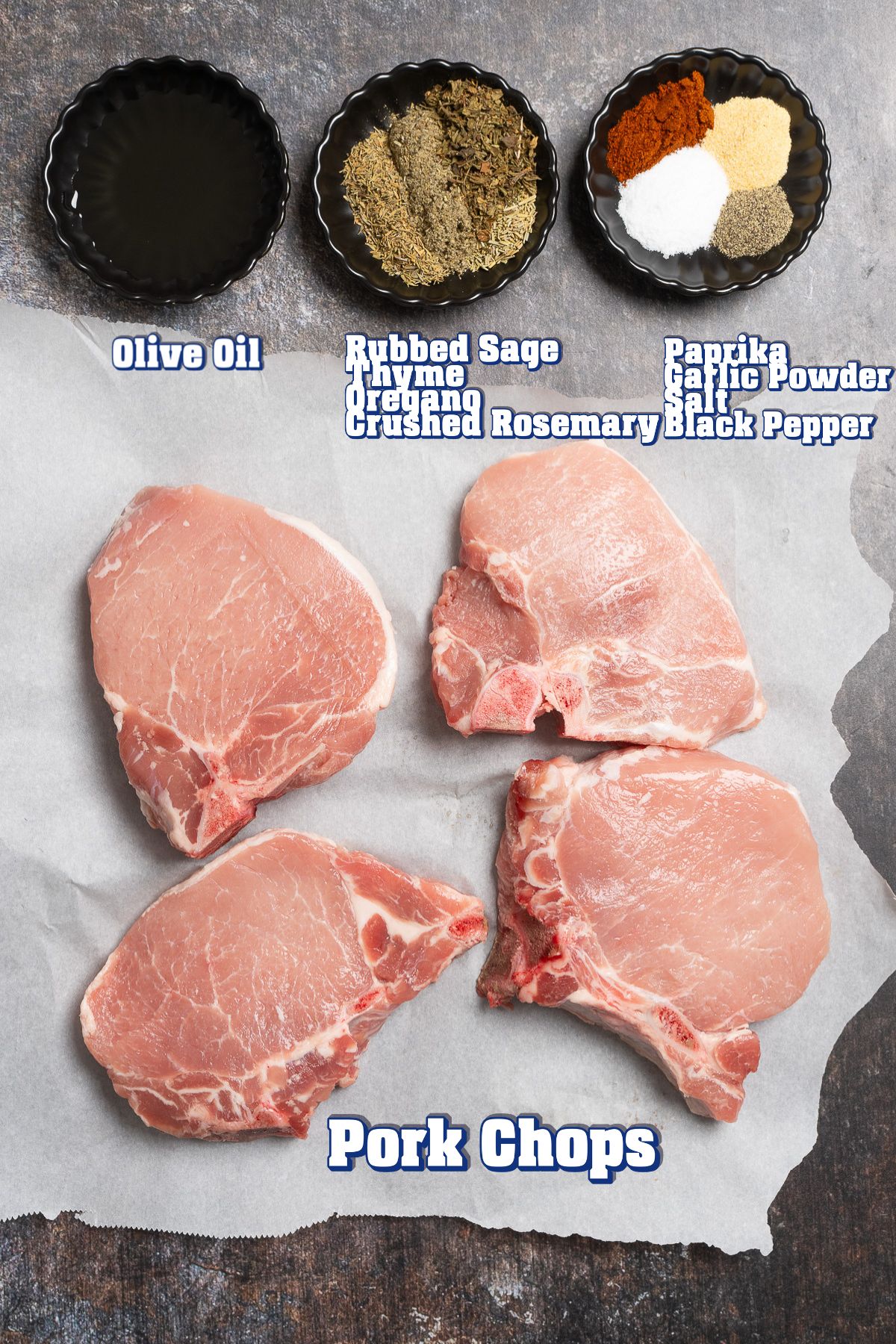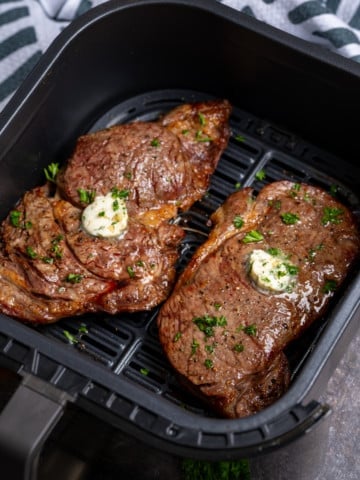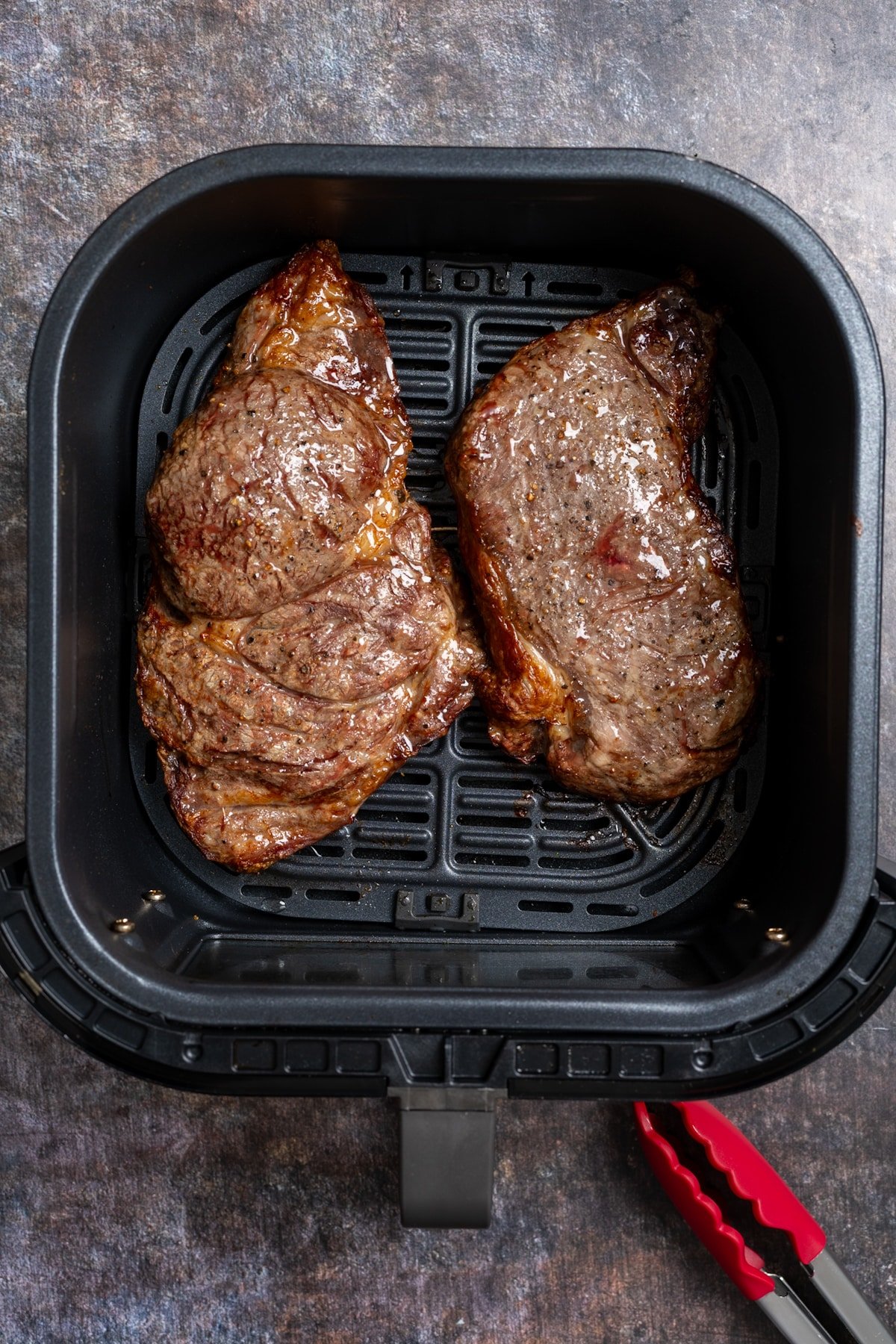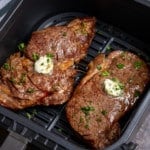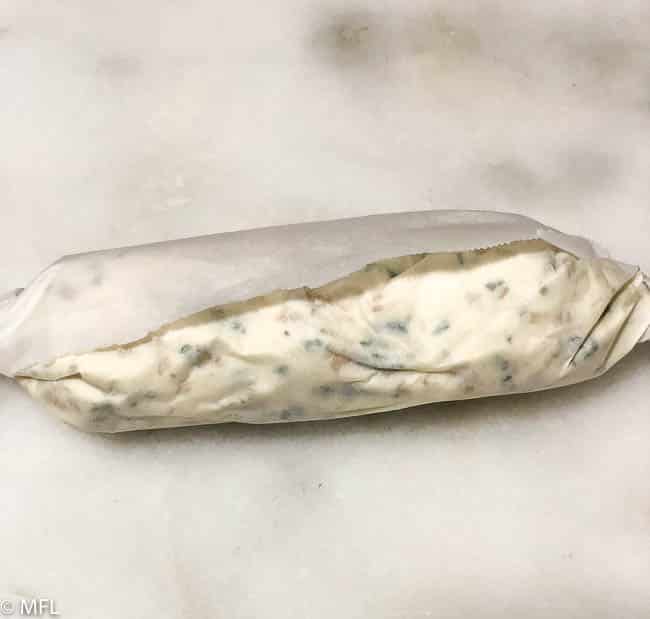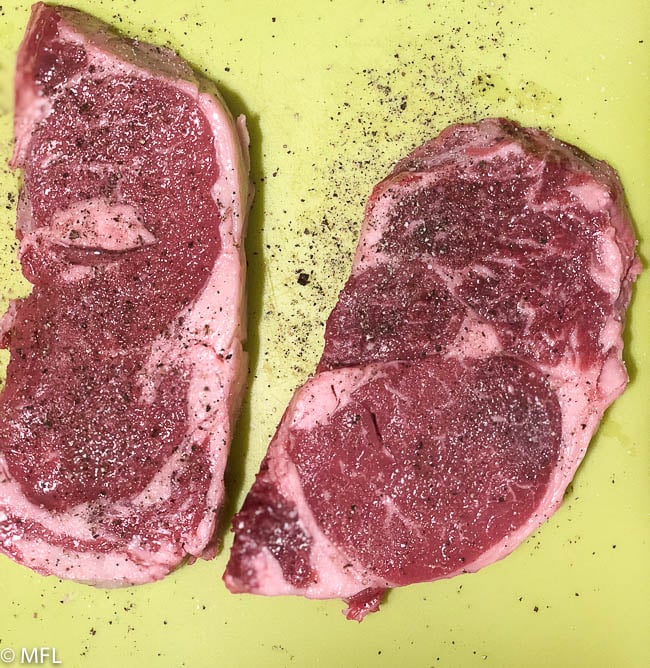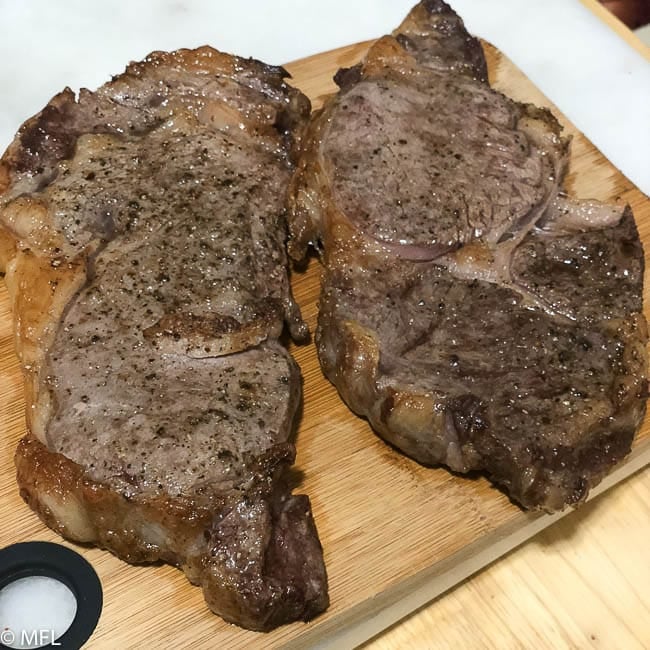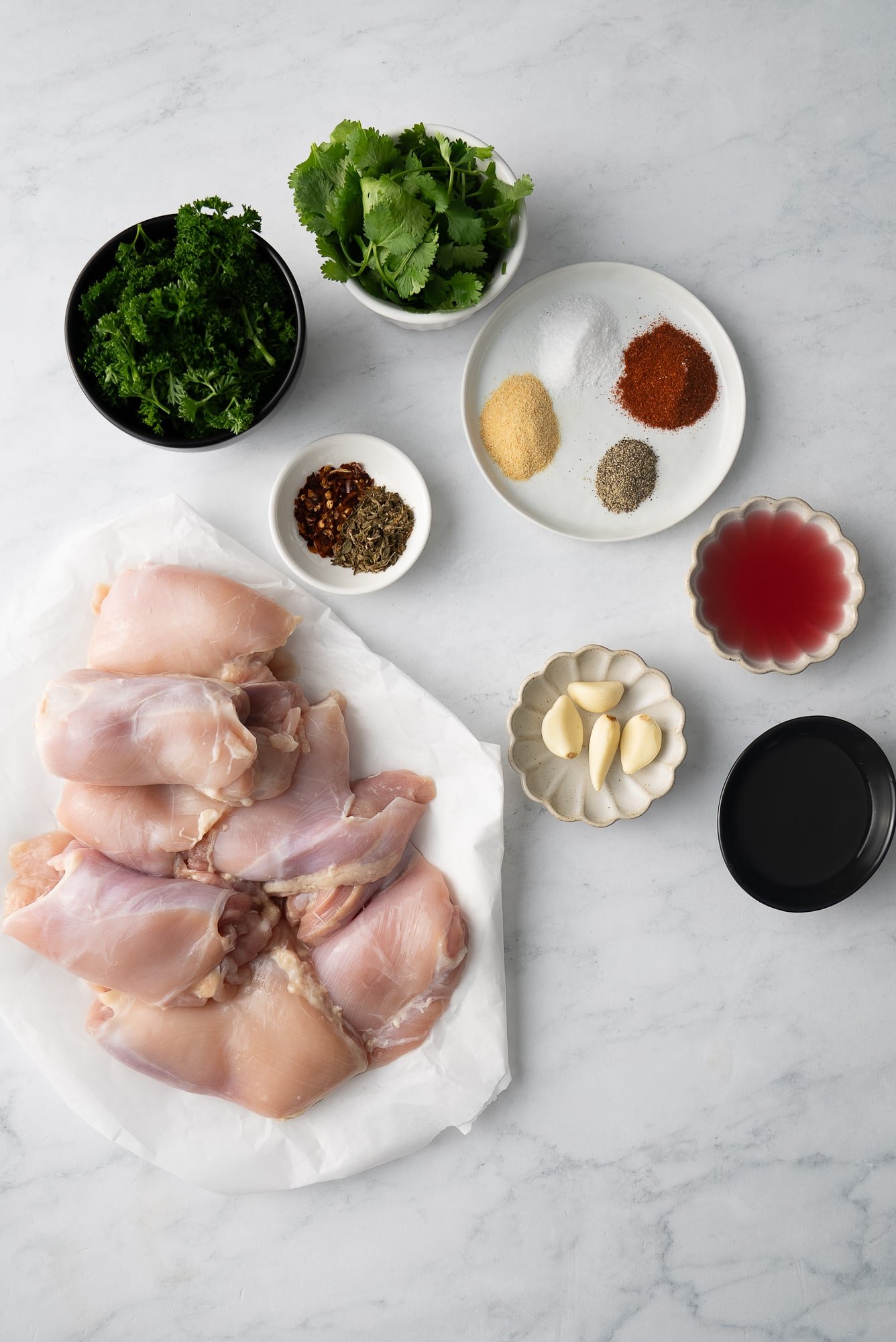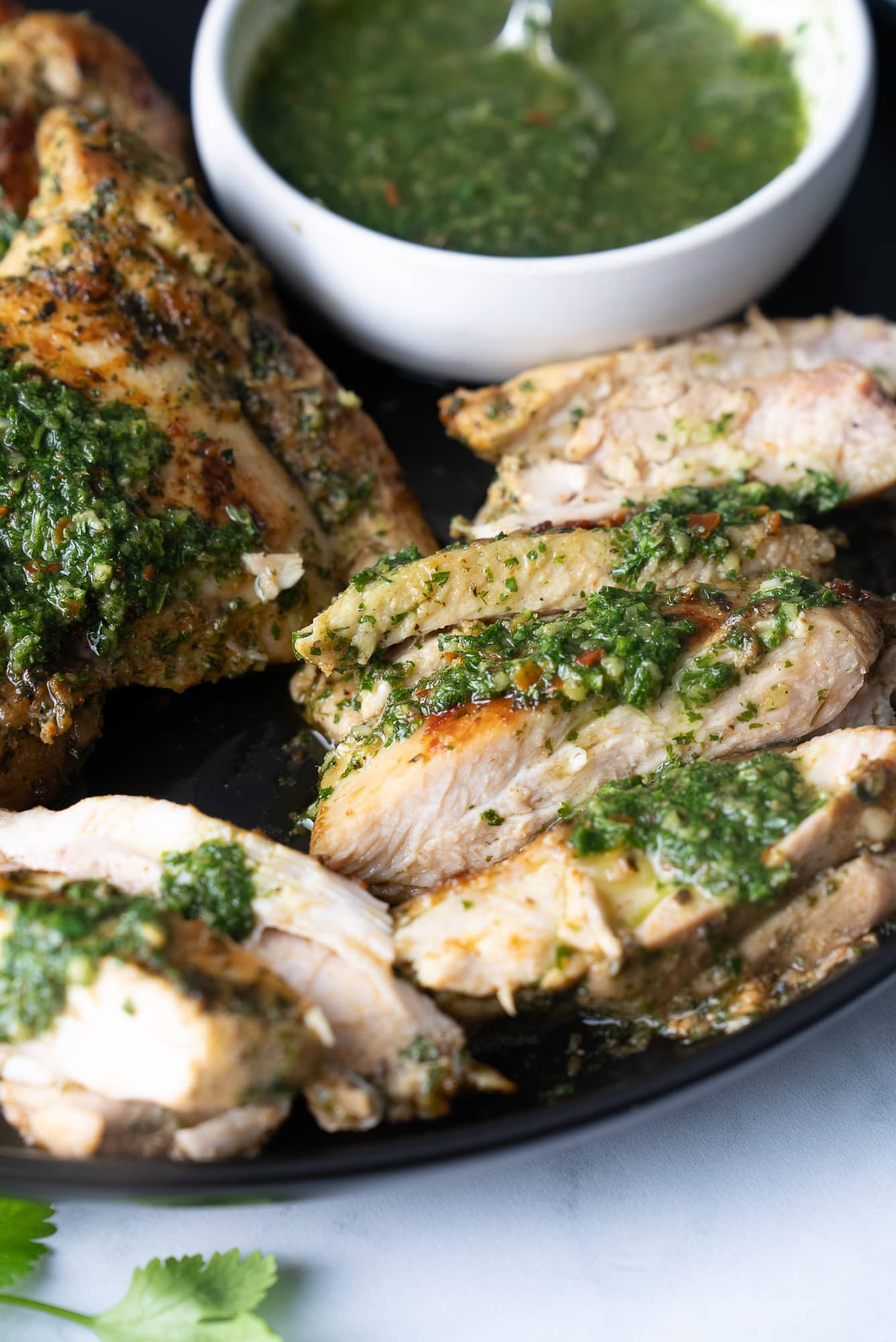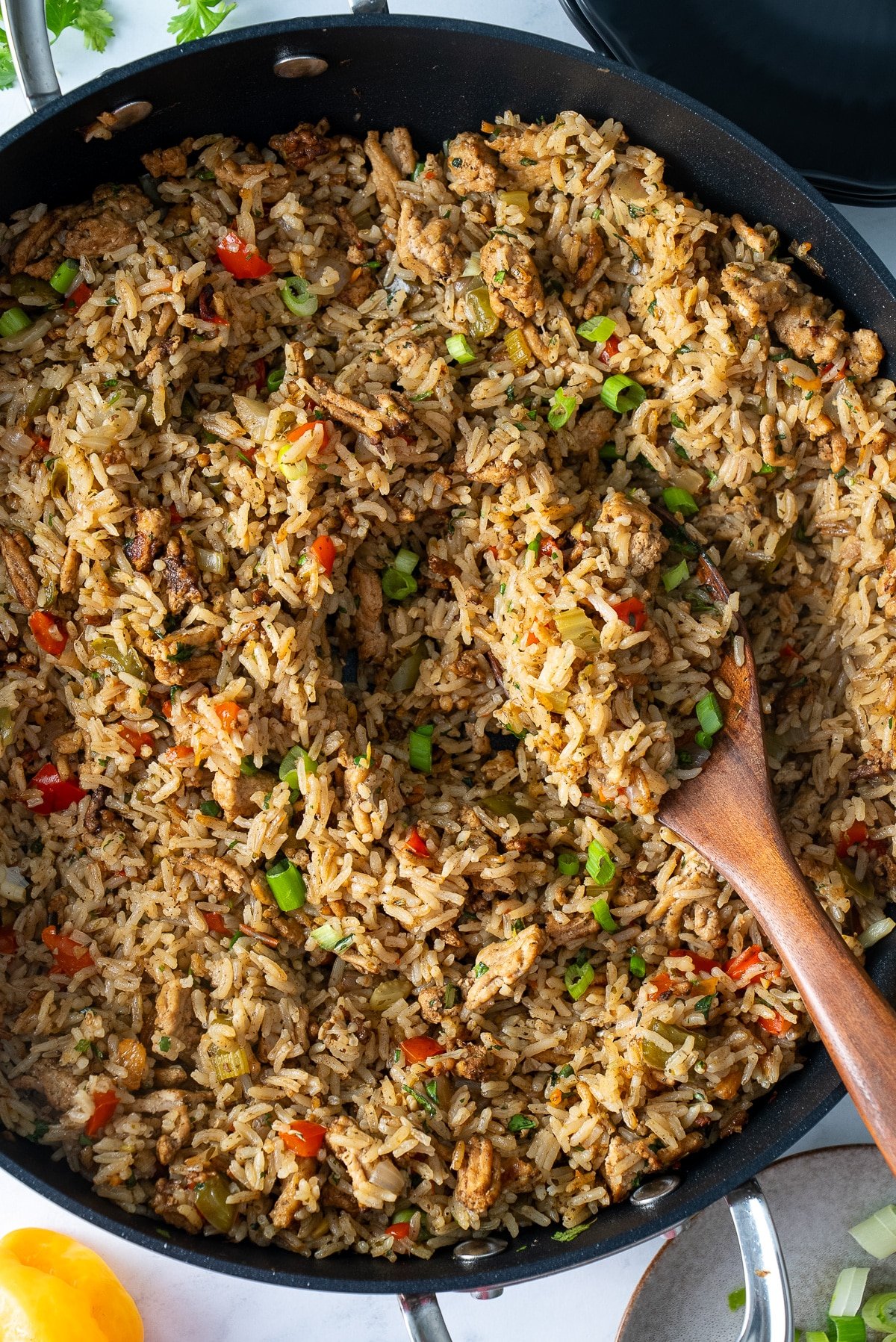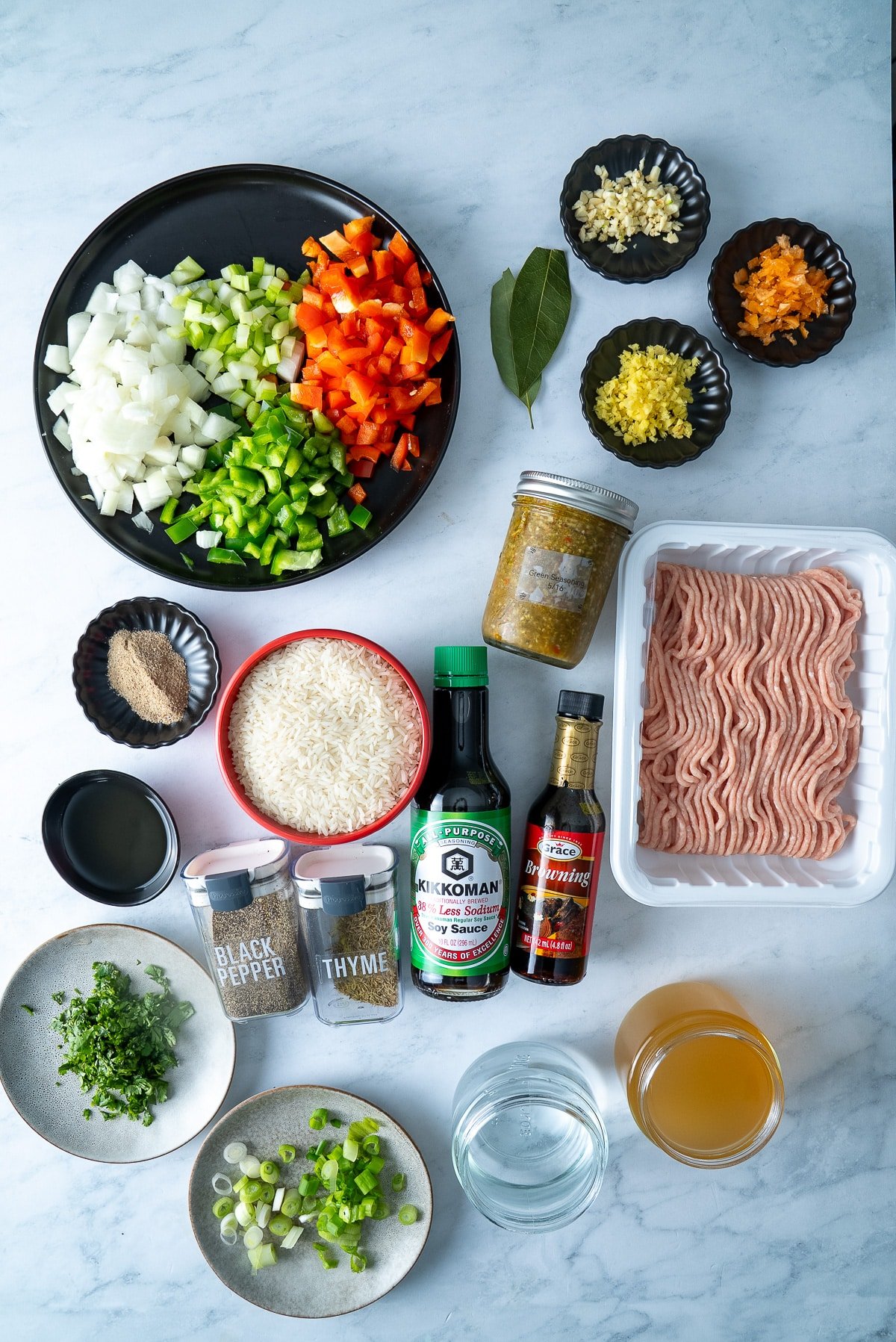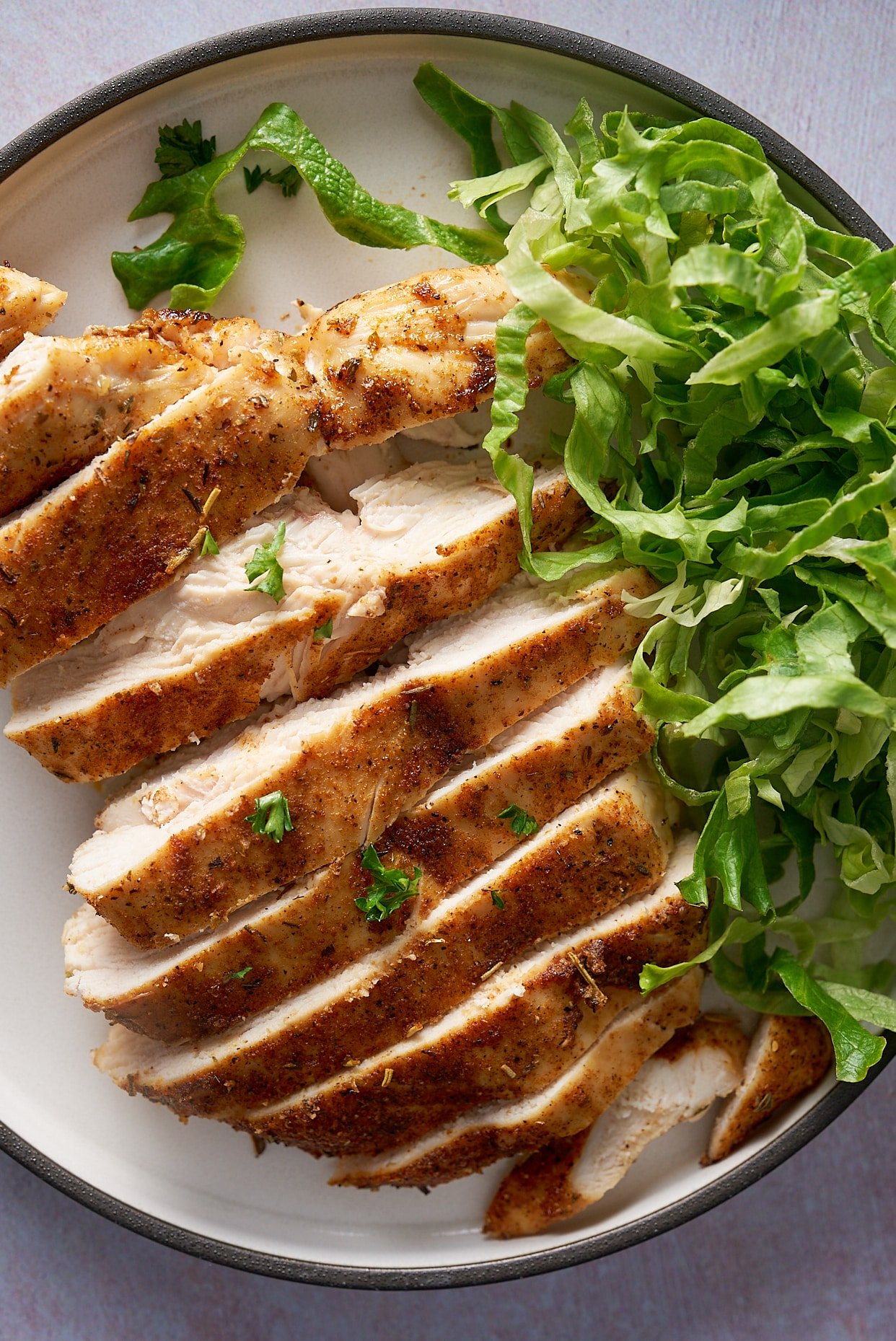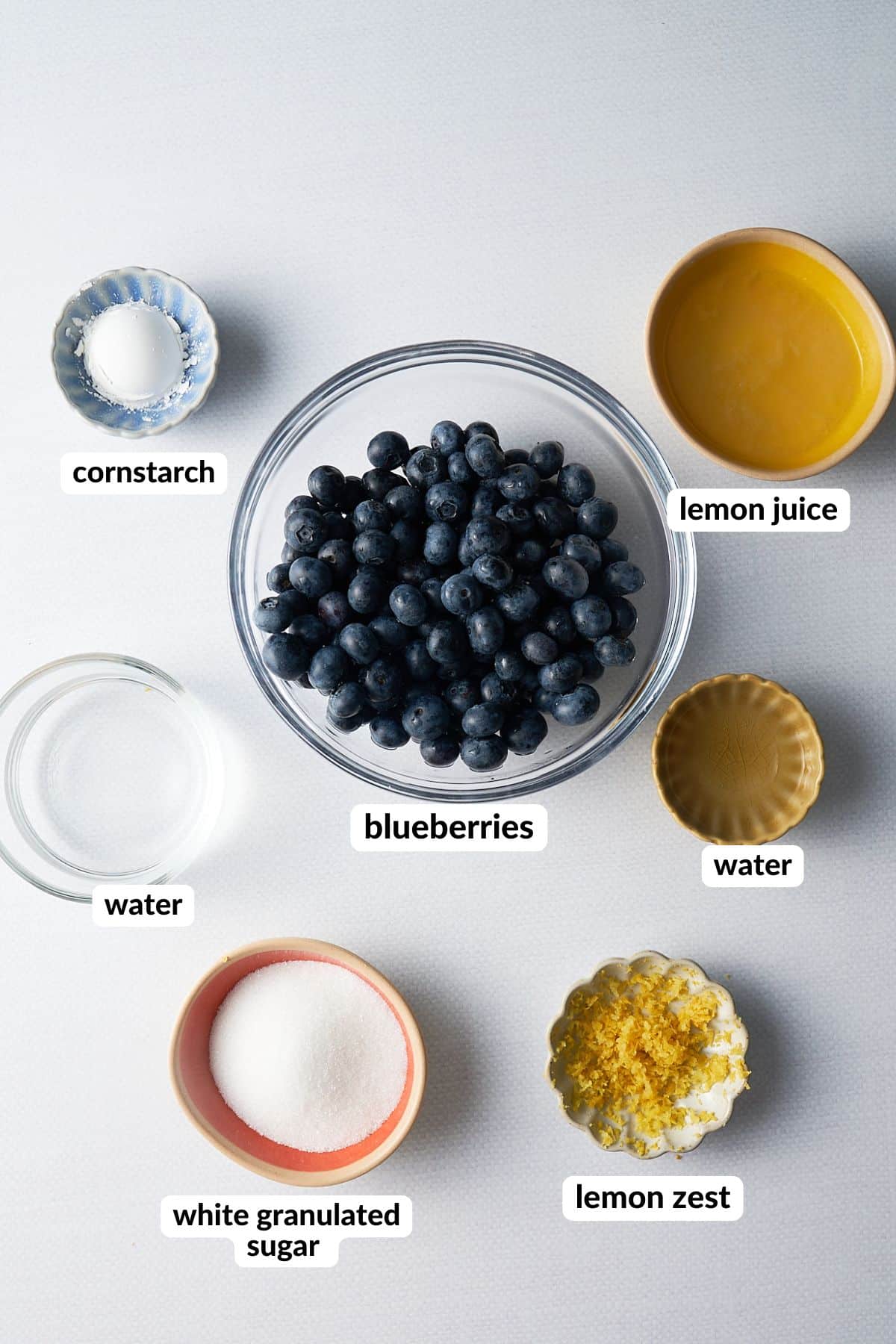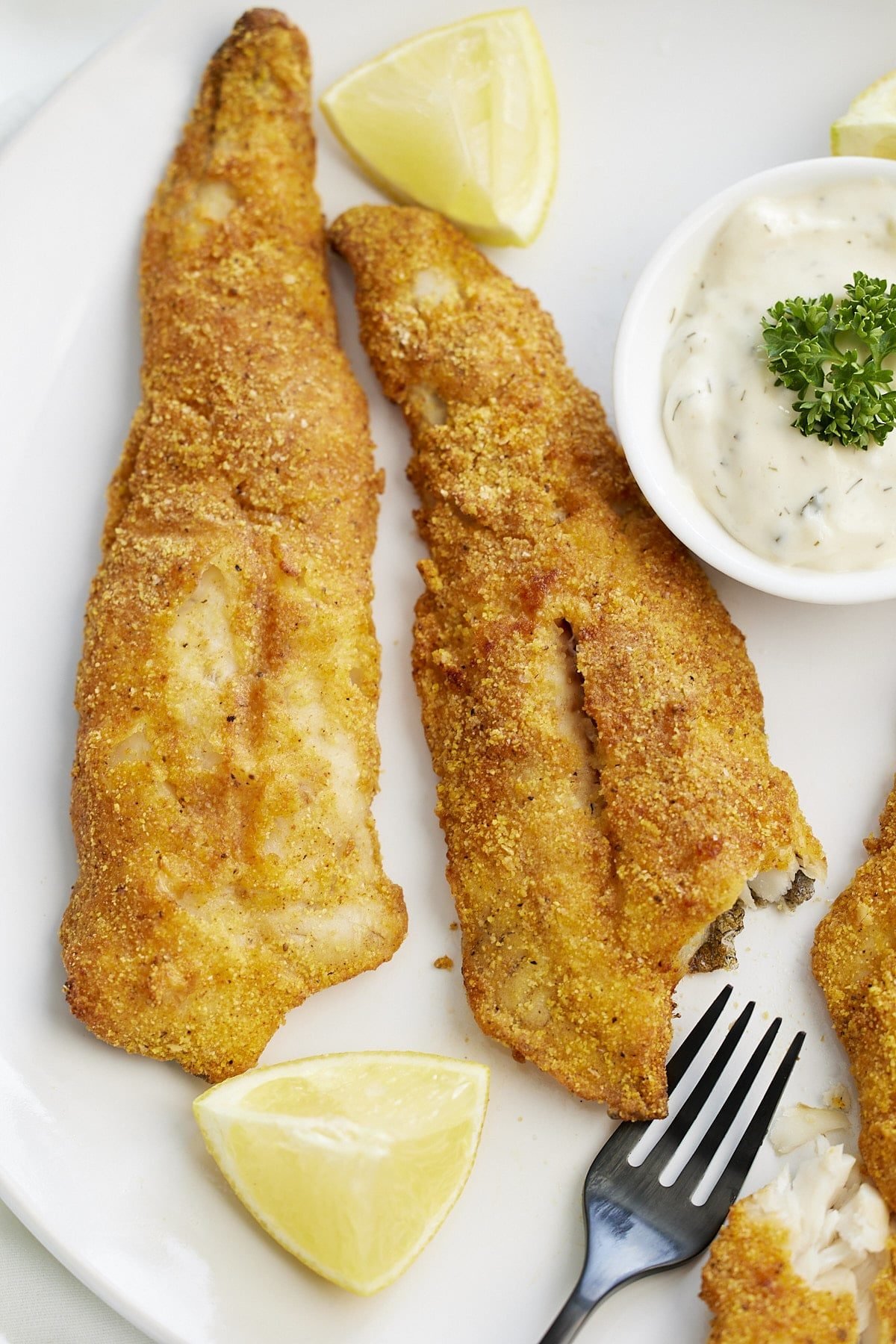Add some flavor to your meals with this homemade Jamaican Jerk Seasoning. It's so easy to make a big batch to use on meats, fish and vegetables.

The full recipe with ingredients/instructions is available on the recipe card at the bottom of the post. Important tips/tricks are also included in the blog post.
I know that you guys are going to love this Jamaican jerk seasoning recipe! I always have some on hand in my cupboard for a quick and easy way to liven up meals.
Use it in my Jerk chicken and rice, air-fried Jamaican jerk pork, Jerk Chicken Wings, or my Rasta Pasta. You can even sprinkle a bit on your favorite seafood, like shrimp.
A Quick Look at The Ingredients
Ingredient amounts and full recipe instructions are on the printable recipe card at the bottom of the post.
- Garlic Powder
- Kosher Salt
- Onion Powder
- Cayenne Pepper or Scotch Bonnet Pepper - if you can get your hands on the Scotch Bonnet Pepper, that's the best choice to give this blend the most authentic flavor.
- Dried Thyme
- Brown Sugar
- Sweet Paprika
- Ground Allspice
- Black Pepper
- Ground Cinnamon
- Ground Nutmeg
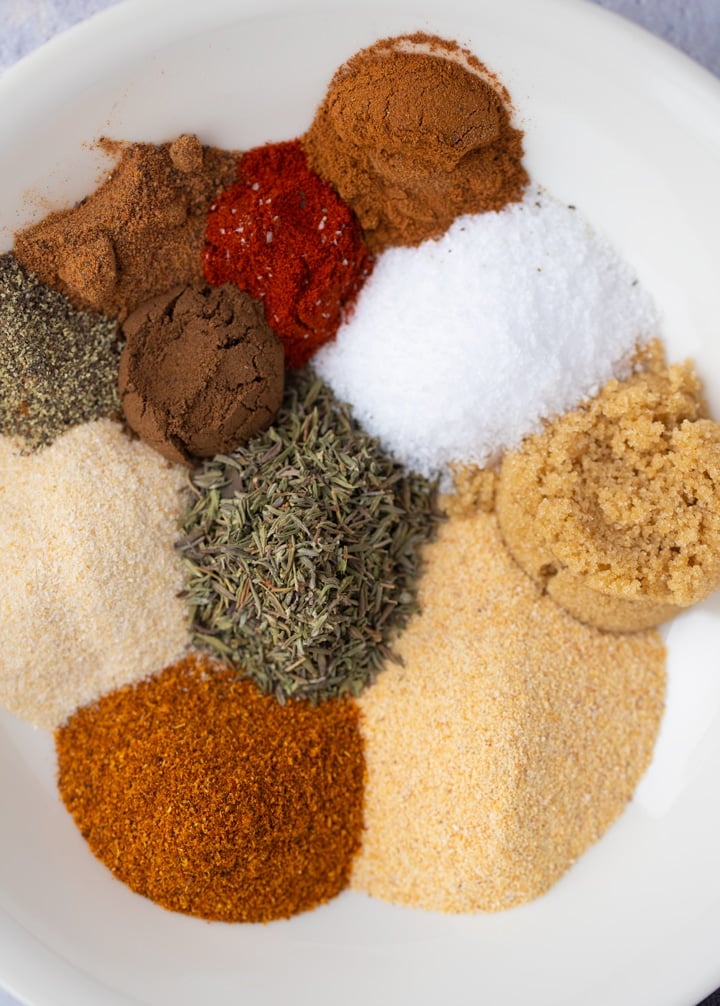
How To Make Jamaican Jerk Seasoning
Combine all the ingredients.
Store in an airtight container until ready to use.

How spicy is this homemade jerk spice blend?
This seasoning does have a kick to it, but unlike your store-bought mixes, it's easy to adjust the heat to your taste. If you don't like things super spicy, you can reduce the amount of cayenne.
Why make your own spice mix?
Making your spice mix is quick and easy, and it's also kinder on your wallet. Store-bought spice blends often contain preservatives and additives that you don't need when you make it at home.
How long does it keep?
Once you have mixed your ingredients, transfer them to an airtight jar or container. Keep it in your cupboard and it will keep well for at least a month. Depending on the freshness of the spices you use, it can keep well for up to six months!
Tanya's Recipe Notes and Tips
- Check that your spices aren't stale before you use them. Rub a little between your fingers, and if they don't release an aroma, it's time to buy some more.
- Rub the seasoning on chicken, meat, and fish, or sprinkle it on vegetables before cooking. You can also use it along with my jerk marinade for extra flavor.
- Store in an airtight container in a cupboard.
- Ground scotch bonnet pepper is the best pepper to use in this recipe for an authentic taste. However, if you can't find it, cayenne pepper works just fine.

More Seasoning Recipes
Pin this Recipe for Later
Jamaican Jerk Seasoning Recipe
Ingredients
- 1 Tablespoon Garlic Powder
- 1 Tablespoon Kosher Salt
- 2 teaspoon Onion Powder
- 2 teaspoon Cayenne Pepper or Scotch Bonnet Pepper*
- 2 teaspoon Thyme Dried
- 2 teaspoon Brown Sugar
- 1 teaspoon Sweet Paprika
- 1 teaspoon AllSpice Ground
- ½ teaspoon black pepper
- ½ teaspoon ground cinnamon
- ½ teaspoon ground nutmeg
Instructions
- Combine all ingredients. Store in airtight container. Enjoy.
How to use:
- Any recipe calling for dried jerk seasoning. It’s perfect on poultry, in pasta dishes, and on vegetables.
Video
Notes
- Check that your spices aren't stale before you use them. Rub a little between your fingers and if they don't release an aroma it's time to buy some more.
- Rub the seasoning on chicken, meat and fish or sprinkle on vegetables before cooking.
- Store in an airtight container in a cupboard.
- Ground scotch bonnet pepper is the best pepper to use in this recipe for an authentic taste. However, if you can't find it, cayenne pepper works just fine.
Nutrition
This post was originally published March 27, 2020. It has been updated with new information.

